Thalictrum dioicum, early meadow rue, is a spring blooming native herbaceous perennial that finds the woodlands its home. It blooms in early spring. It is a dioecious plant. It's flowers do not have petals.
Flowers
The early meadow rue (Thalictrum dioicum, ) flowers are clustered at the top of a flowering stem. The stem divides at the top to produce about 5 flowers for each branch. The flowers each have a stalk (pedicel). The plant is dioecious. That is, some plants produce all male (staminate) flowers, while other plants produce all female (pistillate) flowers.
Early Meadow Rue: Staminate - Male flowers:
The male flower is about 1/4 inches across. It has 4 to 5 greenish to purplish oblong sepals with whitish margins. There are no petals. The flower has 10 or more narrow stamens that droop. The long thin filaments and anthers are yellow to greenish-yellow to reddish and extend way beyond the sepals. The drooping stamens make the flowers distinctive. With its dangling stamens the flower is easily a half inch long.
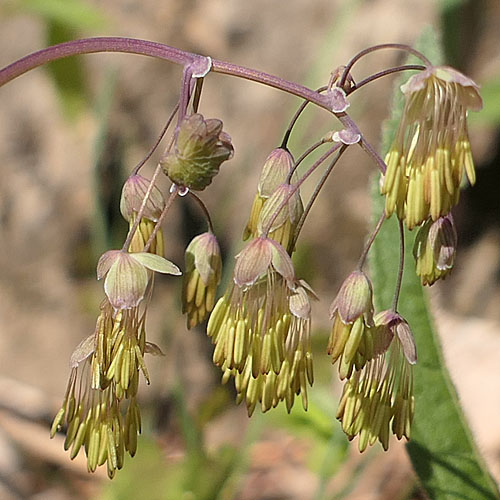
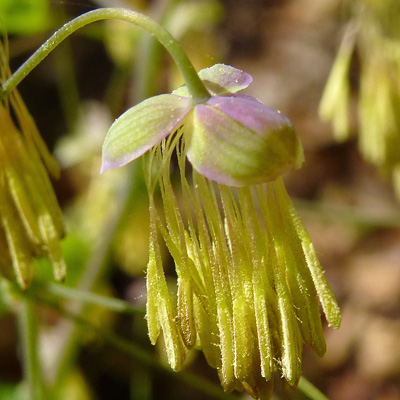
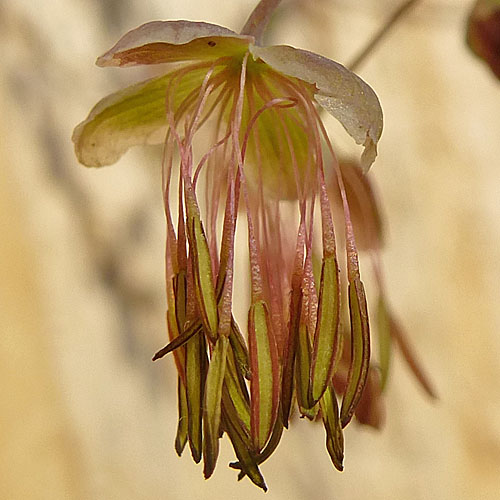
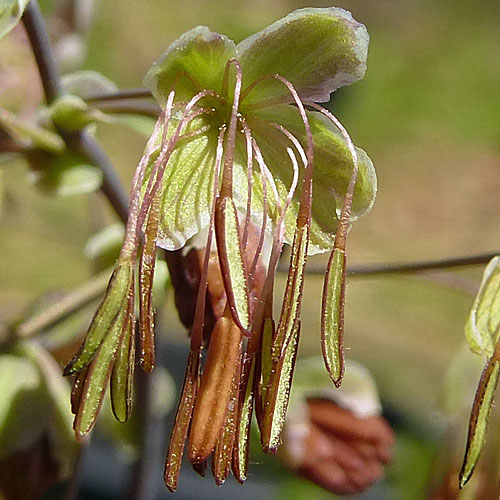
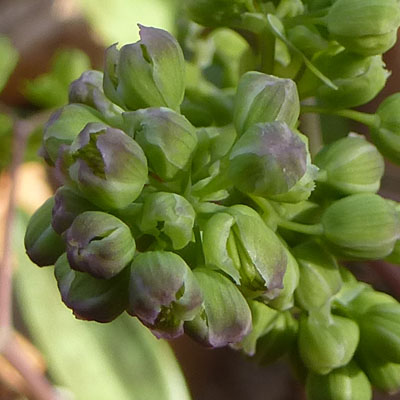
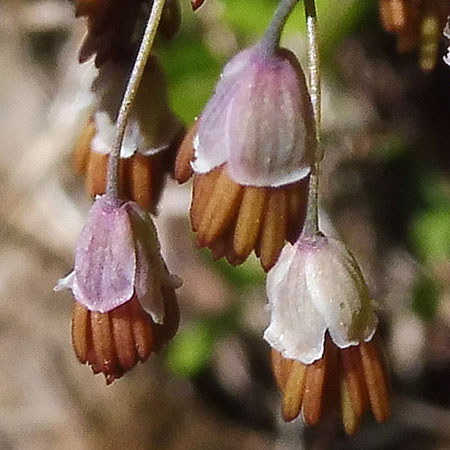
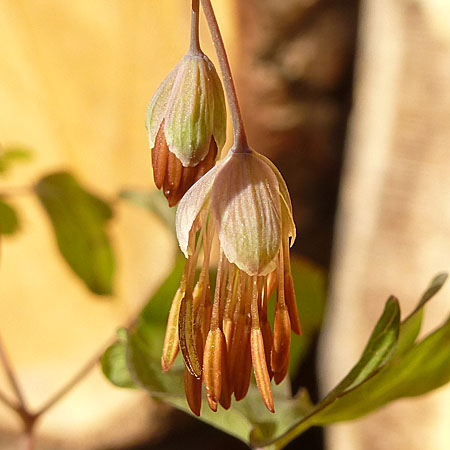
Early Meadow Rue: Pistillate - Female flowers:
Female flowers are less conspicuous and are harder to find. The flowers are also about a quarter inch across and have no petals but with 4-5 sepals. The sepals are greenish purple. The flower has 1 to 16 pistils each with a long style / stigma attached to an ovary. The stigma, the receptive part, extends down the side of the style. Usually, the stigma is at the end of the style. However, in the genus Thalictrum, the stigma extends down the side of the style. This can be seen in the photos below. The flowers are wind pollinated.
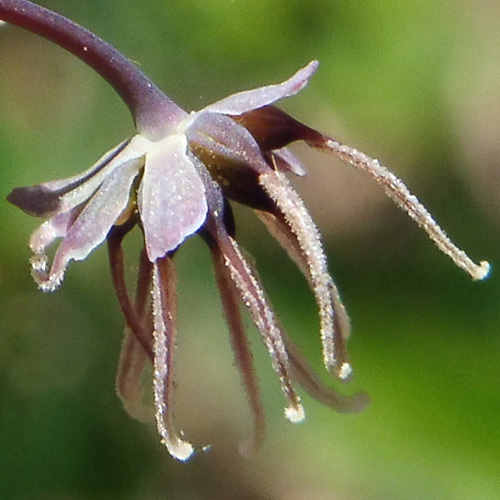
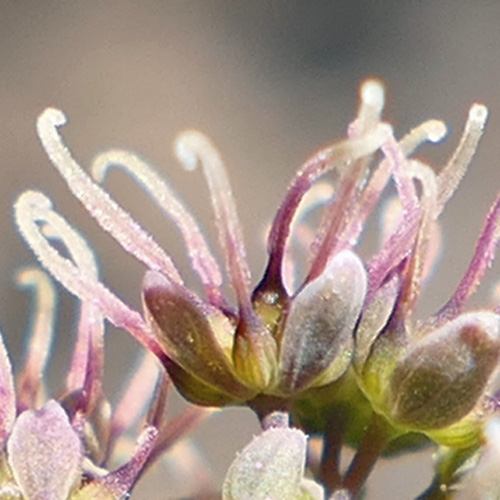
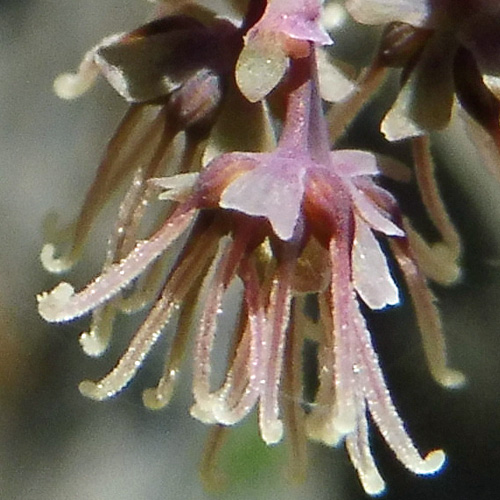
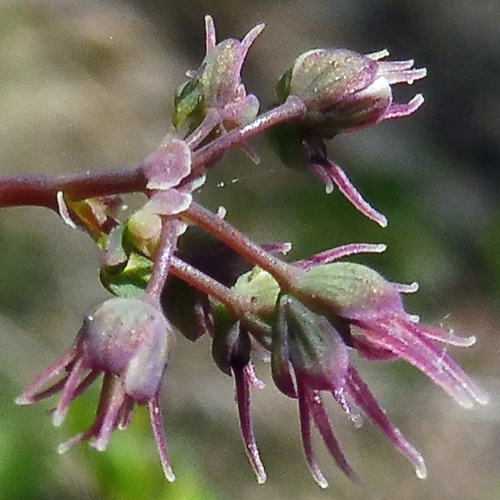
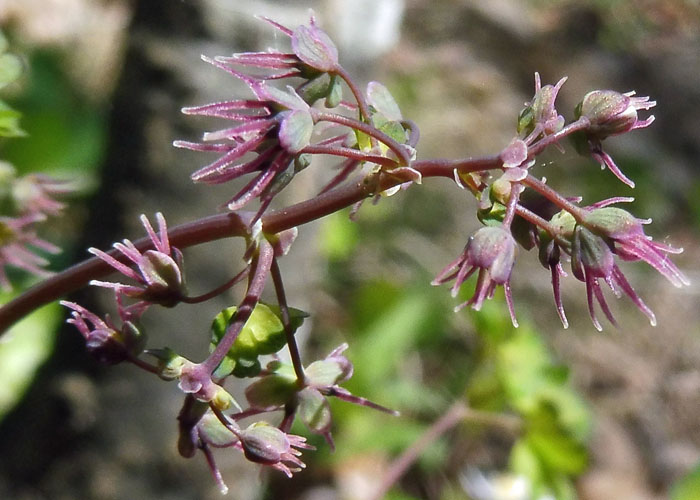
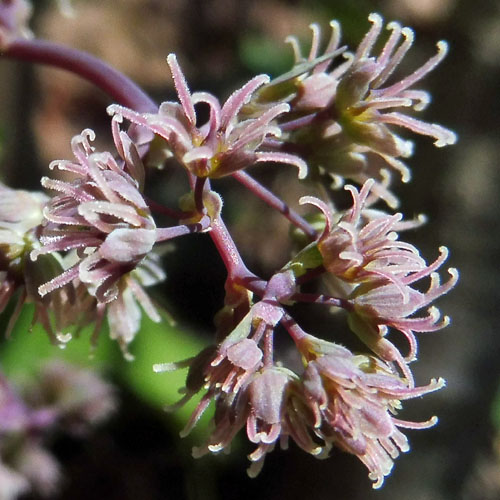
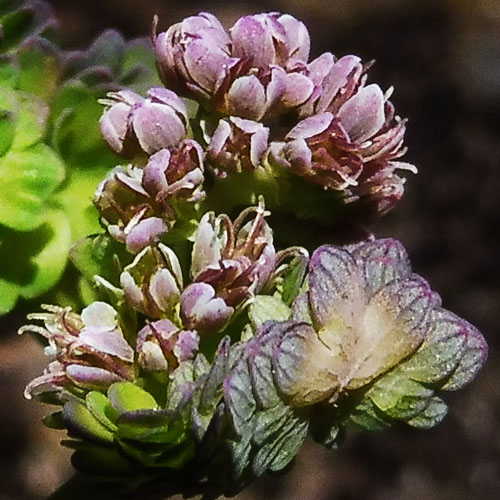
Most dioecious plants have male (staminate) flowers with aborted female part (pistillode) and female (pistillate) flowers with aborted male parts (staminodes). An example is spicebush, Lindera benzoin. Another example is winterberry holly Ilex verticillata
However, in dioecious species of the genus Thalictrum (meadow rue), the male and female flowers do not have aborted parts of the opposite sex. This is interesting from the perspective of when does sex determination occur. Most dioecious flowers are initially bisexual and later abort parts. The dioecious species of Thalictrum, may perhaps be used to study the early stages of gene control in sexual development of male and female parts.
Fruit
The fruit is about 1/4 inch, ribbed, and with a small beak from the style of the pistil. There is not an obvious dispersal mechanism for the seeds and they probably just drop to the ground.
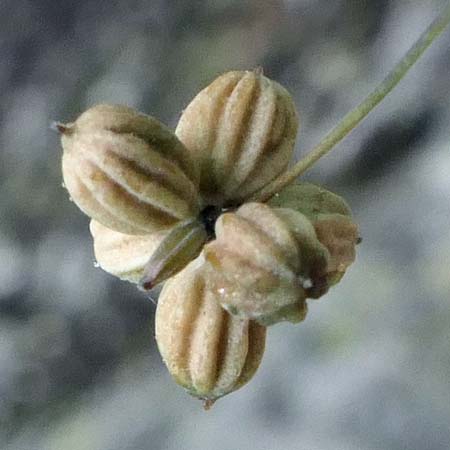
Leaves
Leaves
The early meadow rue delicate fernlike leaves are attractive and persist all summer. It has both cauline leaves and basal leaves. The leaves are compound and alternate and can be 1 foot long and across because of the long stalks. The leaflets are only about 1 half to 3 quarter inches long and slightly wider; each on a slender stalk. The leaflets are notched giving 3-7 shallow rounded lobes at the ends. The leaflets are thin and delicate.
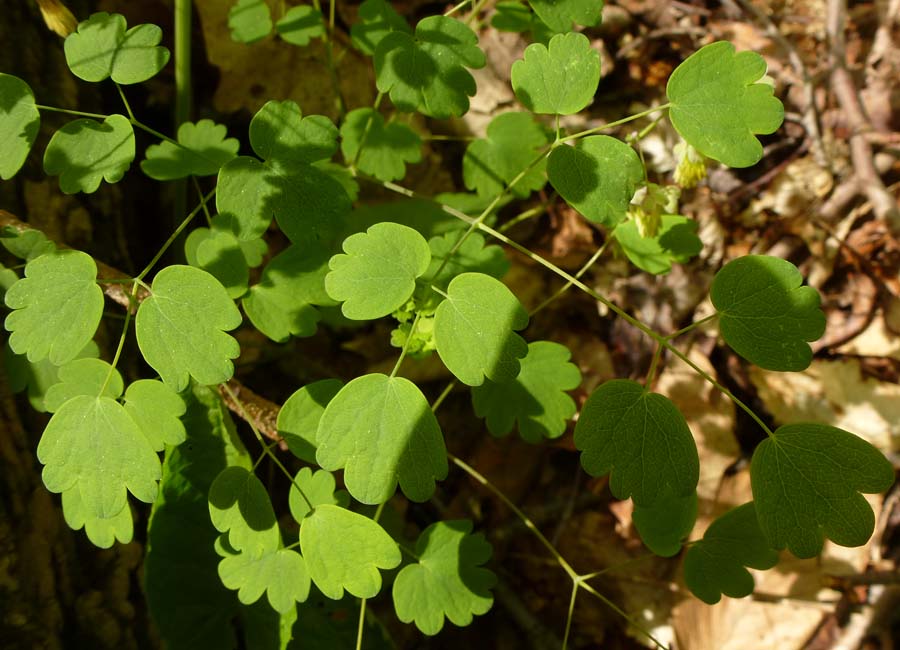
Diagram of early meadow rue compound leaf morphology: The leaf as been described as 1 or 4 times ternately-odd-pinnately compound.
What does that mean? Ternately means leaflets are grouped in 3's. Pinnate means there is a central stem/axis with leaflets on opposite sides. Odd indicates there are leaflets at the end of the central stem.
In the diagram, the groups of 3 leaflets are easily seen. The central stem has lateral branches (red arrows) that end in a leaflet group. The branches are opposite. The lateral branches can divide forming sub-branches (blue arrows) which end in a leaflet group. This would be a double pinnate. Sub-branches can further divide with each ending in a leaflet group.
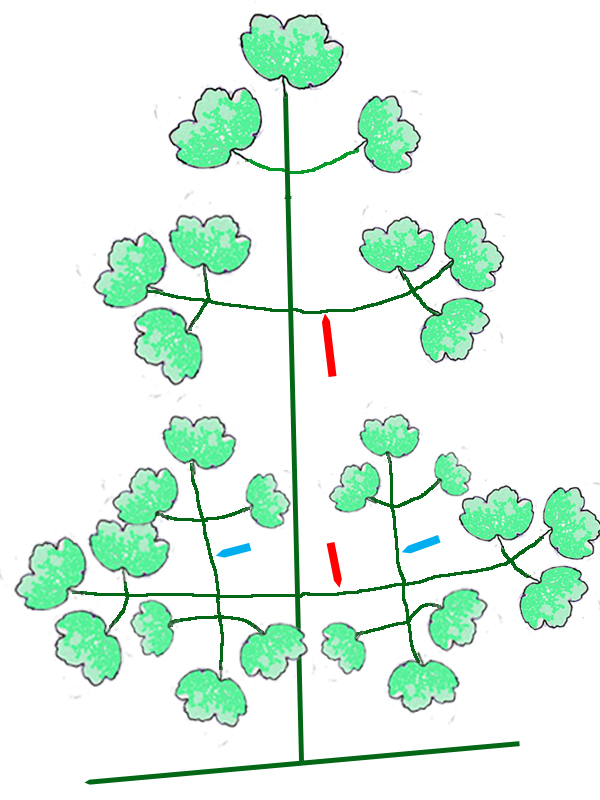
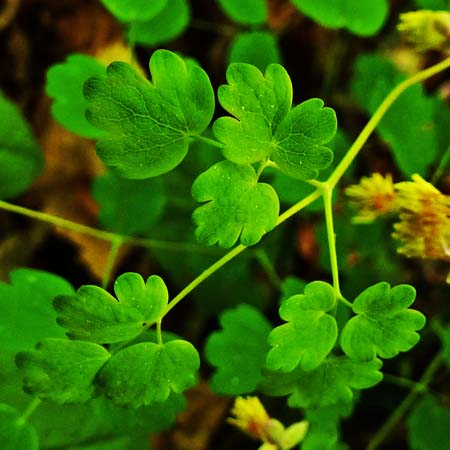
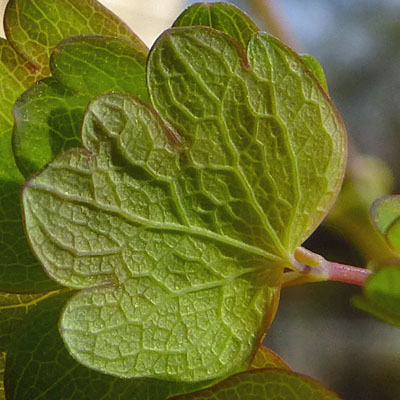
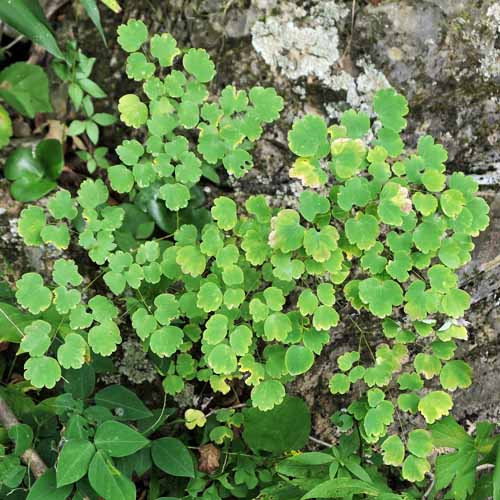
Plant
Early meadow rue stems are upright, stiff, and up to 30 inches tall with flower clusters on the top. It blooms early in spring (April or May). It flowers with or before the leaves are open on deciduous trees. Fruit begins to mature approximately 1 month later (June)
The plant has a shallow caudex (root stock). In winter, the leaves die back to the caudex.
The red arrows point to flowers.
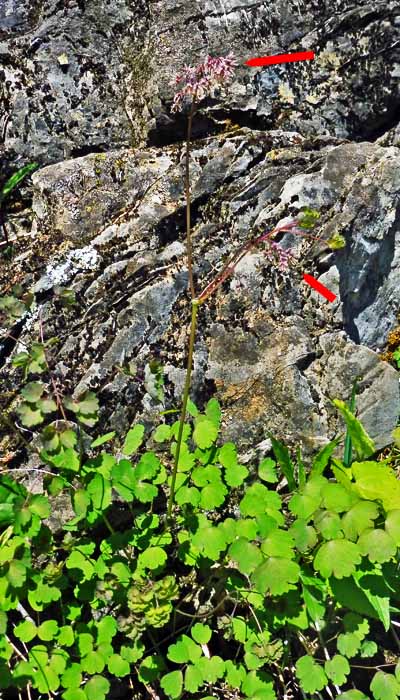
Nature Serve says Thalictrum dioicum is S4(Apparently Secure)in NJ and G5 globally.
INaturalist (12/2024) has 91 verifiable observations in NJ.
We have not observed these plants often.
Text by Millie Ling and all photos by Hubert & Millie Ling. Photos: Cultivation, Sourland Mtn (Somerset County) Johnsonburg Swamp (Sussex County) NJ. Flowers in late April & early May, fruit in June.
Additional information
Additional information / references:
- The USDA website shows Thalictrum dioicum distribution in the US and other information: https://plants.usda.gov/plant-profile/THDI
- Minnesota Wildflowers http://www.minnesotawildflowers.info/flower/early-meadow-rue
- Missouri Plants https://www.missouriplants.com/Thalictrum_dioicum_page.html
- Missouri Botanical Garden http://www.missouribotanicalgarden.org/PlantFinder/PlantFinderDetails.aspx?kempercode=r210
- Floral MADS box genes and homeotic gender dimorphism in Thalictrum dioicum (Ranunculaceae) - a new model for the study of dioecy https://onlinelibrary.wiley.com/doi/10.1111/j.1365-313X.2005.02336.x